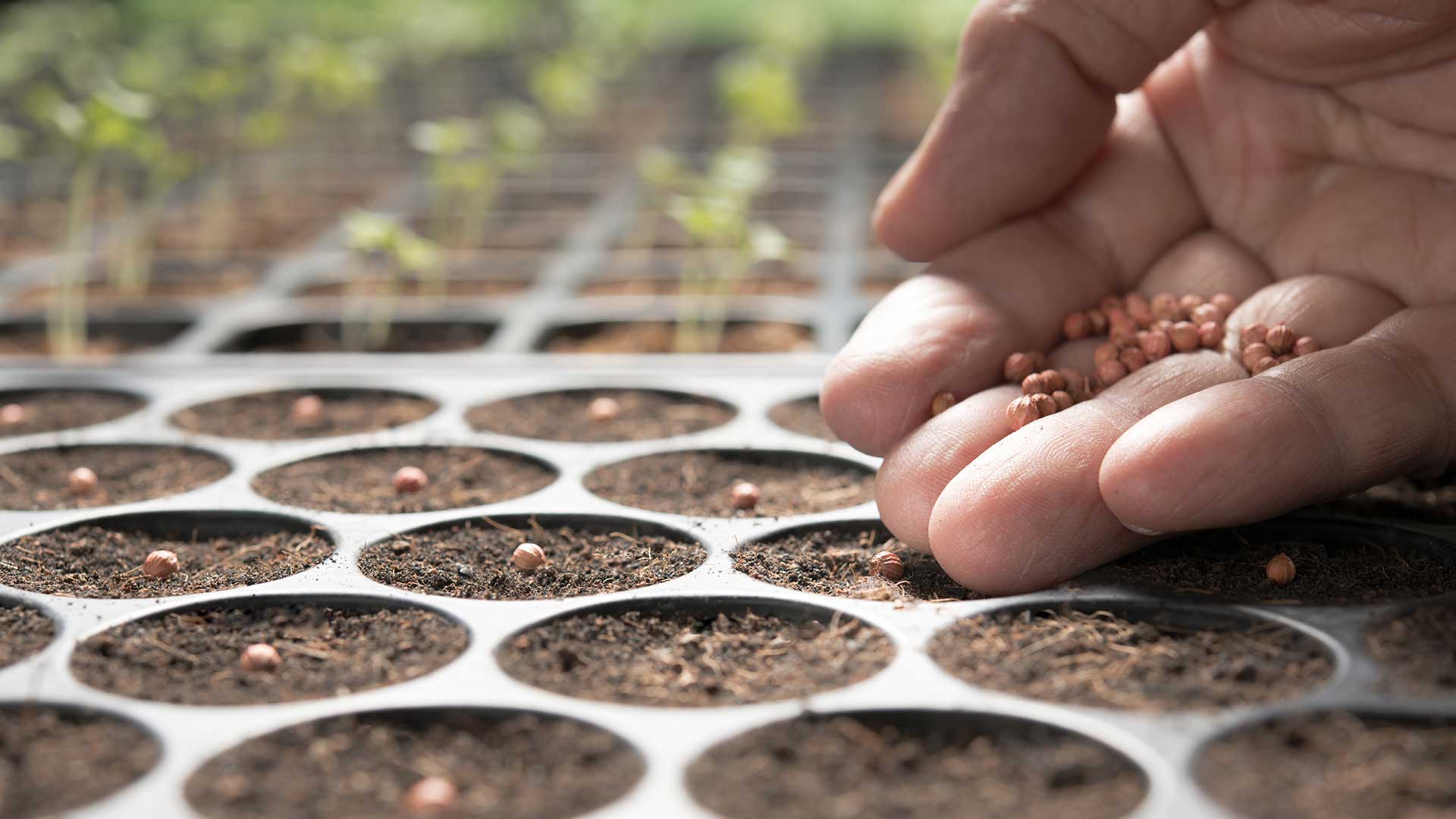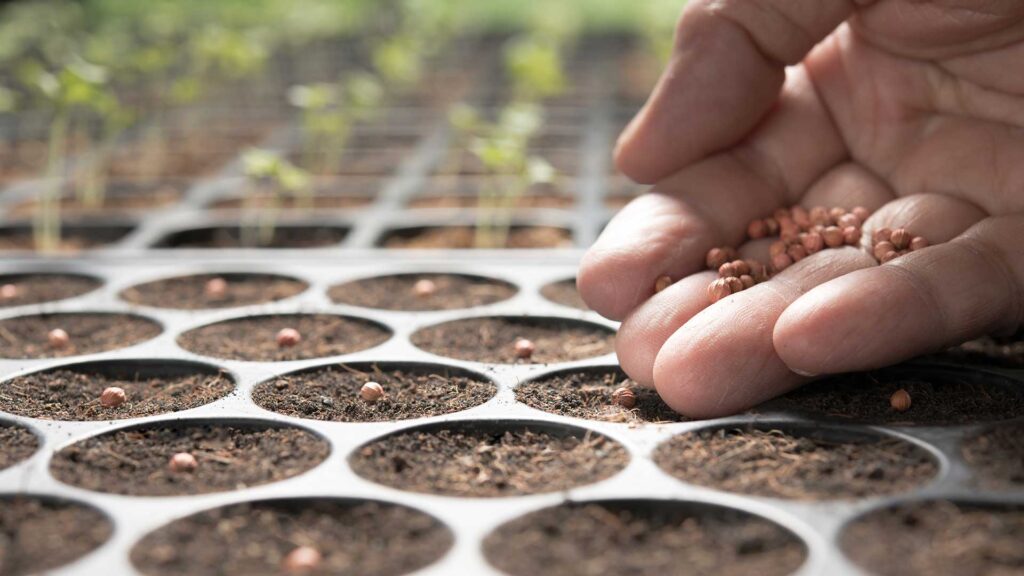If you patiently and diligently shoveled your way through the winter, you deserve a reward. When you go to the garden center, or online, to pick out seeds, choose some cool weather lovers to give you an early blast of garden fun. There are some great, unusual annuals that will give this growing season a jump-start. Starting seeds indoors can be fun and very economical but go to the super easy level and look for those that can be direct seeded.
What is direct seeding? Seed that goes directly into appropriately prepared soil, outside. Some plants do like to be sown into the garden soil when conditions are cool and damp, just after the last spring frost or just before the first fall frost. There are quite a few annuals that will do beautifully planted in this manner. Many gardeners may be quite familiar with some that thrive grown from seed even though they are instantly satisfying when purchased as plants – Calendula, Coreopsis, and Violas.
If you have been frustrated in the inability to keep some of these plants alive and well during the summer months, quit banging your head against the wall. Cool season annuals really hate the heat and will melt to nothing in rather short order as the summer heat and humidity descend. Most prefer full sun, but some will do okay in partial shade. Learn to enjoy cool season annuals for what they offer to gardeners – a needed dose of activity to start the season right.
Let’s go over some of the non-usual annuals that do well when direct seeded.
Clarkia amoena (or Godetia): full sun; these two- to three-foot-high flowers can be found in any color; popular during Victorian times.
Consolida (larkspur): full sun; the pink, blue, or purple flower blooms can range in height from two to four feet depending on the cultivar.
Linaria triornithophora (toadflax): full sun; although many Linaria are low to the ground, this purple and yellow beauty can grow up to three feet tall.
Matthiola incana (stock): full sun; direct seed early or plants; tall and dwarf choices available; wonderful fragrance on some cultivars; will grow very well until temps reach 75-degrees F.
Papaver (annual poppy): full sun; direct seed or plants; single, double, and peony forms available with heights ranging anywhere between one and three feet; lots of colors to choose from.
Reseda odorata (sweet mignonette): full sun; direct seed early; green and white flower coloring is not the most stunning but does add interesting two-foot upright form to the flower beds; the evening scent is divine; almost impossible to find as plants.
Xeranthemum annuum (immortelle): full sun; direct seed in either spring or summer; as soon as night temps get above 70-degree F, they will fade out very quickly; nice two-foot-high everlasting flower.
If you like to start seeds indoors, there are early cool season annuals that are easy to start inside for early placement outside.
Brassica oleracea (ornamental Kale): full sun; will tolerate cold temps as low as 20-degrees F; lots of forms, heights, and colors to choose from.
Brassica xhybrida (ornamental mustard): full sun; wonderfully interesting, textured leaf forms.
Coreopsis tinctoria (tickseed): full sun; yellow flowers with reddish brown centers on two-foot-tall plants; will reseed if spent flower heads are left on.
Dianthus chinensis (annual pinks): full sun; lots of colors available; grows about a foot tall; fragrance can vary considerably between cultivars.
Felicia amelloides (blue marguerite): full sun in the morning, partial afternoon shade is the best light situation for these pretty blue flowers; reaches one to two feet in height.
Fuchsia: afternoon shade, water, and no overcrowding are the keys to thriving plant health; so many to choose from.
Salpiglossis (painted tongue): full sun; although some can grow to over two feet, the dwarf cultivars are only a foot or so in height; pay attention when these bloom as they do not last long.

